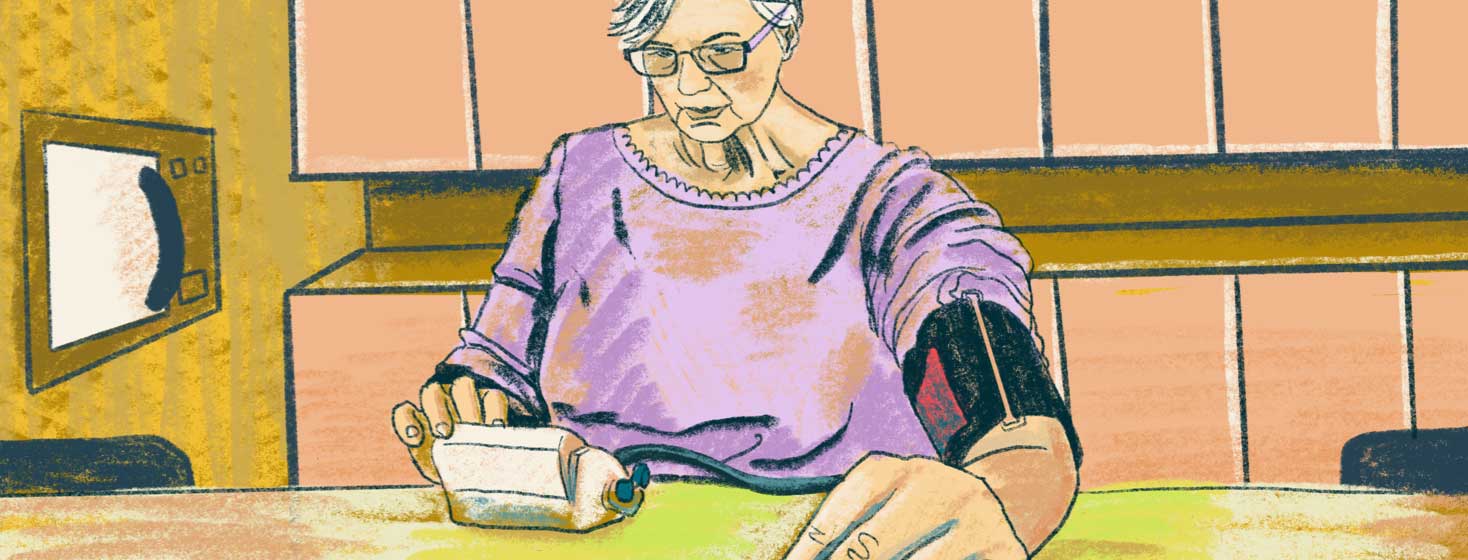What Does a Blood Pressure Reading Mean?
Blood pressure readings are a regular occurrence for heart failure patients, whether it's at the doctor's office, cardiac rehab, or home. But how many of us understand what these numbers actually mean?
What do the numbers mean?
As you might know, a blood pressure reading has a top and bottom number. For example, 120/80. What are these numbers? According to the American Heart Association:1
Systolic blood pressure (the top number) represents how much pressure your blood is exerting against your artery walls when the heart is beating.
Diastolic blood pressure (the bottom number) is how much pressure your blood is exerting against your artery walls while the heart is resting BETWEEN beats. In other words, when the heart is relaxing and filling with blood.
Keep in mind that your pulse measuring something completely different from blood pressure.
Blood pressure and heart failure
The relationship between blood pressure and heart failure is slightly complicated. While high blood pressure remains a leading cause of heart failure, it is not the only cause.2 As an example, I had a spontaneous coronary artery dissection-induced heart attack that left me with heart failure. Prior to my heart attack, I never had high blood pressure.
Compounding the complexities when trying to write an article 600 words or less, is that beta-blockers (aka blood pressure medications) are a cornerstone of heart failure treatment, and when combined with an ACE inhibitor, they reduce morbidity.3
What is too low?
So while high blood pressure is problematic, the other question I see often is: 'What if blood pressure is too low?' This makes sense because many of us are on beta-blockers, which naturally lower blood pressure.
Personally, I have found that my heart failure meds have lowered my blood pressure by a lot. For me, this makes sense because I did not start my journey with high blood pressure. But getting back to the question, when is low blood pressure too low?
Low blood pressure (aka hypotension) means that your blood pressure is lower than normal. There is not a specific number because everyone is different - there is no magic line. In other words, talk to your doctor!
Symptoms of low blood pressure
If doctors look at symptoms when deciding if blood pressure is too low, what are they looking for? Again, low blood pressure means that the force the heart is exerting when pumping is low, so there may not be an adequate amount of oxygen-rich blood throughout your body.
The signs of low blood pressure include:4
- Dizziness, lightheadedness, and fainting
- Nausea
- Blurred vision
- Skin that is cold and sweaty
- Fatigue
- Quick, shallow breathing
What can I do about it?
Personally, I have experienced several of the symptoms listed above. I will not tell you what to do about it, as that is a question best answered by your medical team.
That said, common options can include lying down with your legs up (I've done that numerous times), adding a bit more salt to your diet, standing up slowly, wearing a compression stocking, and avoiding standing for long periods, among others.
This is one reason to have a blood pressure cuff at home. The blood pressure reading is an important number, and it's helpful to have something to measure at any given moment, especially if you are on beta-blockers and/or experience the symptoms listed above. I hope this helps!

Join the conversation